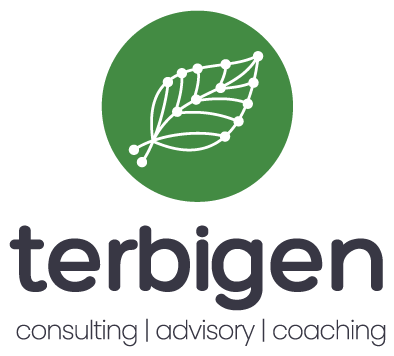In today’s fast-moving market, the real danger for any business isn’t disruption. It’s denial.
“Business as usual” may feel safe — predictable processes, familiar systems and legacy clients. But here’s the hard truth: what once made your business stable may now be what’s keeping it stuck.
The Myth of Safety
Many leaders assume that incremental change is enough. Tweak the process. Add a new product line. Run a few campaigns. But underneath, the business model is decaying — slowly, invisibly.
I’ve worked with organisations that were profitable on paper, but paralysed in practice. Siloed teams. Outdated tech. Decision-making that revolved around comfort zones, not customer value.
Sound familiar?
The Cost of Inertia
In a Fourth Industrial Revolution (4IR) economy, speed isn’t optional — it’s survival. While you’re optimising the old way of doing things, your competitor is redesigning the game entirely.
Let me be clear: reinvention is no longer a buzzword. It’s an operational necessity.
At Terbigen, we’ve seen what happens when companies wait too long to adapt:
What Real Reinvention Looks Like
You don’t need a 2-year transformation roadmap to make progress. But you do need three things:
- A brutally honest audit — Culture. Tech. Customer value. No sacred cows.
- Micro-transformations — 90-day cycles to test, learn, and pivot fast.
- Leadership alignment — Reinvention starts at the top. If leadership isn’t agile, the organisation won’t be either.
One of our clients, a mid-sized manufacturing firm, went from reactive firefighting to leading its category by restructuring just one process and equipping its executive team with agile tools. Small shifts, real impact.
Ask Yourself:
Are your systems supporting growth or stalling it?
Is your team structured for speed — or stuck in the past?
Are you innovating proactively, or reacting defensively?
If you’re not sure, that’s the starting point.
What’s Next?
Start with one powerful question:
What needs to change before the market forces us to change it?
Then act. Because in this economy, the greatest risk doesn’t change.
It’s comfort.

